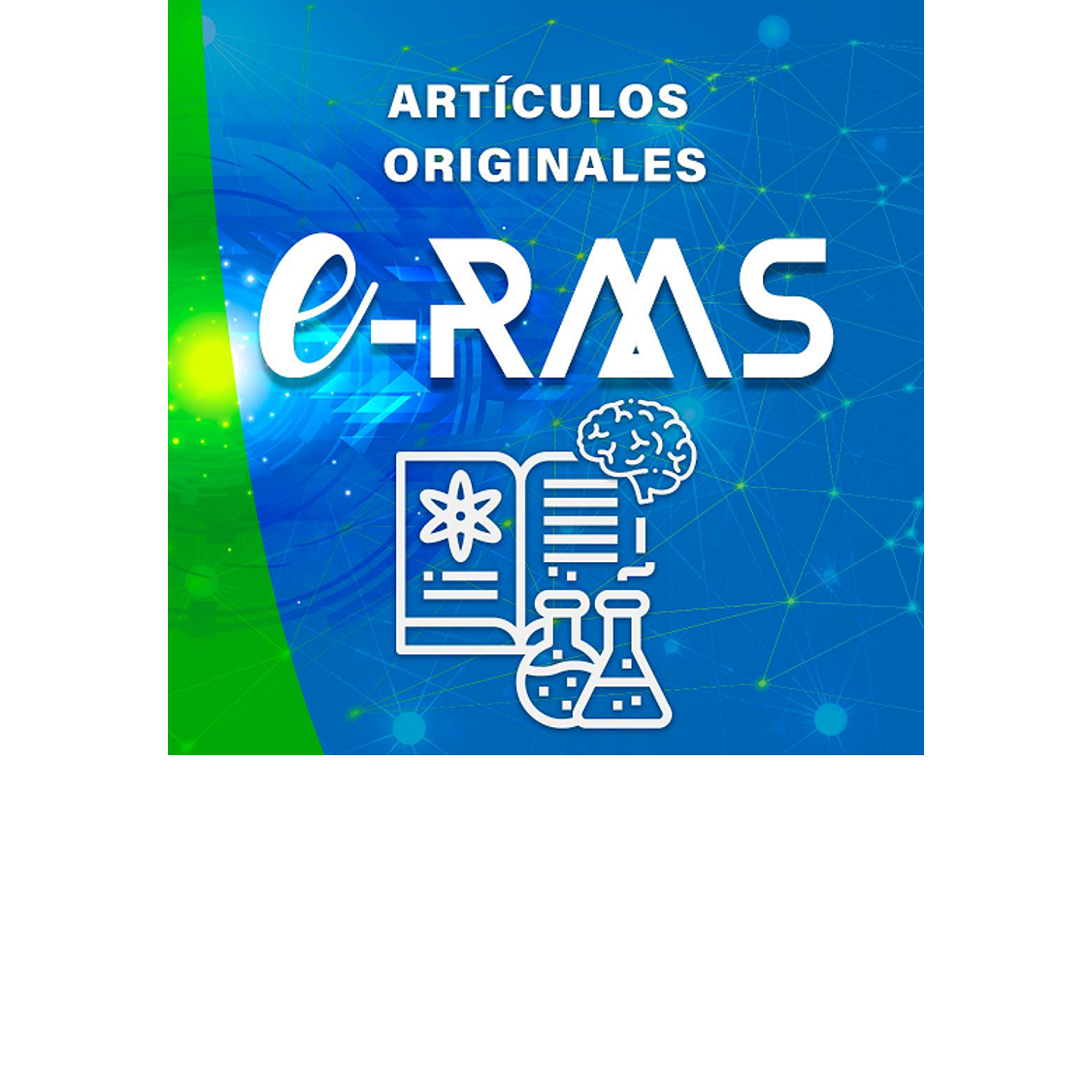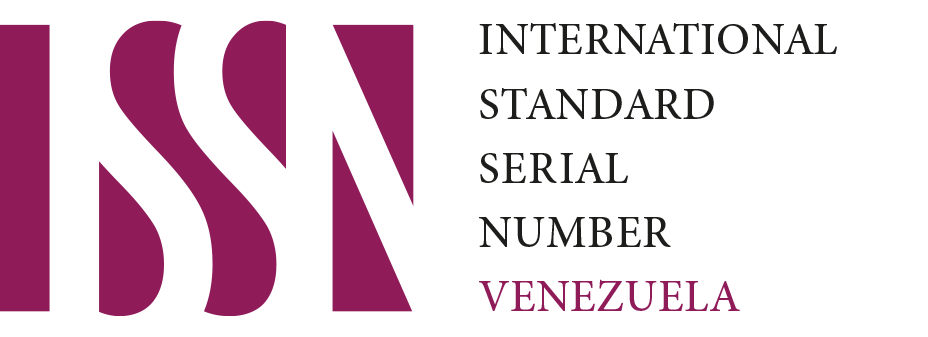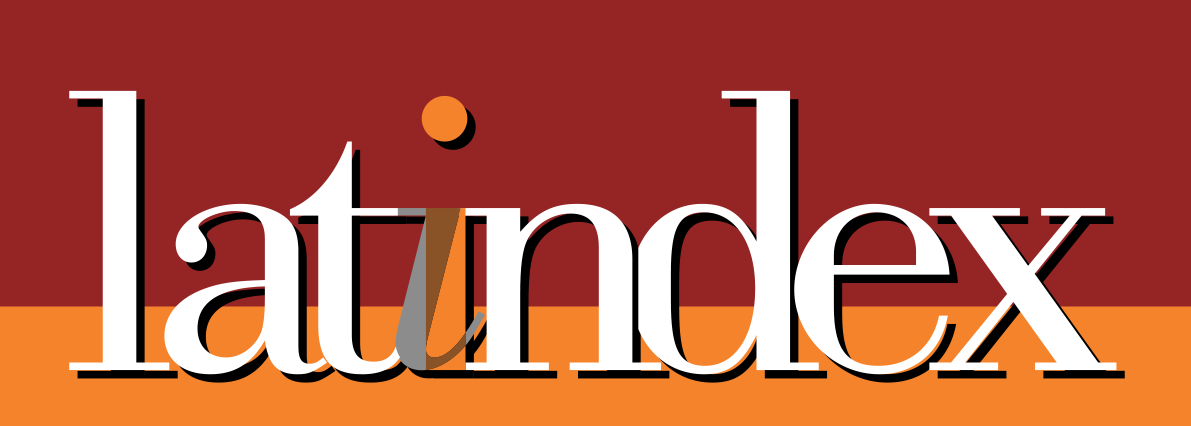Socioeconomic impact of covid-19 on members of the la benéfica savings and credit cooperative.
DOI:
https://doi.org/10.61286/e-rms.v3i.205Keywords:
Covid-19; partners; cooperative; socioeconomicAbstract
The objective of this research is to establish the socioeconomic impact of COVID-19, as perceived by the members of the Cooperativa de Ahorro y Crédito de la Benéfica in order to contribute to the management of the social consequences detected. A mixed approach was used, combining quantitative and qualitative elements, applying inductive, deductive and analytical and systematic methods to analyze the data obtained, and the Conesa matrix was applied to identify and assess the socioeconomic impacts generated. The population to be considered is 381 members applying probabilistic sampling to obtain the sample of the different COAC agencies. Among the main findings is that during the pandemic there was an increase of 6.60% of members with incomes below one Unified Basic Wage, which caused members to have difficulties to cover their basic expenses and credit obligations. Covid-19 mainly affected the dimensions of health, employment and economic stability, making clear the importance of strengthening and implementing financial support strategies in the cooperative so that members can effectively mitigate the impact of a future economic and social crisis.
Downloads
References
Actis Di Pasquale, E. (2017). Las dimensiones constitutivas del bienestar social: una propuesta conceptual. Trabajo y Sociedad, (29), 493–515. https://www.redalyc.org/articulo.oa?id=387352369025
Adedoyin, F. F., Agboola, P. O., Ozturk, I., Bekun, F. V., & Agboola, M. O. (2021). Environmental consequences of economic complexities in the EU amidst a booming tourism industry: Accounting for the role of brexit and other crisis events. Journal of Cleaner Production, 305, 127117. https://doi.org/10.1016/j.jclepro.2021.127117
Aguinis, H., Villamor, I., & Gabriel, K. P. (2020). Understanding employee responses to COVID-19: A behavioral corporate social responsibility perspective. Management Research: The Journal of the Iberoamerican Academy of Management, 18(4), 421–438. https://doi.org/10.1108/MRJIAM-06-2020-1053
Aimara, G. V., & Martínez, G. D. (2023). Alteraciones emocionales en los adolescentes durante la pandemia Covid-19. FACSALUD UNEMI, 7(12). https://doi.org/10.29076/issn.2602-8360vol7iss12.2023pp4-18p
Albuquerque, R., Koskinen, Y., Yang, S., & Zhang, C. (2020). Resiliency of environmental and social stocks: An analysis of the exogenous COVID-19 market crash. The Review of Corporate Finance Studies, 9(3), 593–621. https://doi.org/10.1093/rcfs/cfaa011
Anser, M. K., Yousaf, S. U., Hyder, S., Nassani, A. A., Zaman, K., & Abro, M. M. Q. (2021). Socio-economic and corporate factors and COVID-19 pandemic: A wake-up call. Environmental Science and Pollution Research International, 28(44), 63215–63226. https://doi.org/10.1007/s11356-021-15275-6
Armijos, E. J., Illescas, A. D., Pacheco, M. A., & Chimarro, C. V. (2020). Impacto de la Covid-19 en la cartera de las cooperativas de ahorro y crédito. Sociedad & Tecnología, 5(2). https://doi.org/10.51247/st.v5i2.205
Asante Antwi, H., Zhou, L., Xu, X., & Mustafa, T. (2021). Beyond COVID-19 pandemic: An integrative review of global health crisis influencing the evolution and practice of corporate social responsibility. Healthcare, 9(4), 453. https://doi.org/10.3390/healthcare9040453
Castillo, A. R., & Jácome, P. F. (2014). Índice de pobreza multidimensional en Ecuador. Revista de Estadísticas y Metodologías. https://www.ecuadorencifras.gob.ec//documentos/web-inec/Estudios%20e%20Investigaciones/Pobreza_y_desdigualdad/10.Reporte-Indice_de_pobreza_Multidimensional.pdf
Chauca, R. (2020). La covid-19 en Ecuador: fragilidad política y precariedad de la salud pública. História, Ciências, Saúde – Manguinhos, 28(2). https://doi.org/10.1590/S0104-59702021005000003
Comisión Económica para América Latina y el Caribe [CEPAL]. (2019). Experiencias en la medición de dimensiones faltantes del IPM. https://rtc-cea.cepal.org/sites/default/files/document/files/Dimensiones-faltantes-IPM-documento-final.pdf
Comisión Económica para América Latina y el Caribe [CEPAL]. (2021). Financiamiento para el desarrollo en la era de la pandemia de COVID-19 y después. https://www.cepal.org/es/publicaciones/46710-financiamiento-desarrollo-la-era-la-pandemia-covid-19-despues
Díaz, C. F., & Toro, M. A. (2020). SARS-CoV-2/COVID-19 el virus, la enfermedad y la pandemia. Journal of the Faculty of Health Sciences, 24(3). https://dialnet.unirioja.es/servlet/articulo?codigo=8741673
Gostin, L. O., & Wiley, L. F. (2020). Governmental public health powers during the COVID-19 pandemic: Stay-at-home orders, business closures, and travel restrictions. JAMA, 323(21), 2137–2138. https://doi.org/10.1001/jama.2020.5460
Guzmán, T. E. (2021). Impacto socieconómico de la pandemia Covid-19 en las familias de la ciudadela Colines del Sur del Cantón Pasaje, año 2021 [Tesis de pregrado]. Universidad Técnica de Machala. https://repositorio.utmachala.edu.ec/bitstream/48000/16906/1/T-8795_GUZMAN%20TENE%20ELENA%20MAGALY.pdf
Instituto Nacional de Estadística. (2023, 31 de octubre). Indicadores de Calidad de Vida. https://www.ine.es/ss/Satellite?L=es_ES&c=INEPublicacion_C&cid=1259937499084&p=1254735110672&pagename=ProductosYServicios%2FPYSLayout%C2%B6am1=PYSDetalleGratuitas
Navickas, V., Kontautienė, R., Stravinskienė, J., & Bilan, Y. (2021). Paradigm shift in the concept of corporate social responsibility: COVID-19. Green Finance, 3(2), 138–152. https://doi.org/10.3934/GF.2021008
Organización para la Cooperación y el Desarrollo Económicos. (2022). ¿Cómo va la vida en América Latina?: Medición del bienestar para la formulación de políticas públicas. OECD Publishing. https://doi.org/10.1787/7f6a948f-es
Quillupangui, C. M., & Paredes, M. E. (2022). Violencia intrafamiliar en tiempos de pandemia y aislamiento social. Revista Científica Retos de la Ciencia, 6(13). https://www.retosdelacienciaec.com/Revistas/index.php/retos/article/view/404
Salisu, A. A., Vo, X. V., & Lawal, A. (2021). Hedging oil price risk with gold during COVID-19 pandemic. Resources Policy, 70, 101897. https://doi.org/10.1016/j.resourpol.2020.101897
Somarriba, A. N., & Pena, T. B. (2009). La medición de la calidad de vida en Europa, el papel de la información subjetiva. Estudios de Economía Aplicada, 27(2), 373–396. https://www.redalyc.org/pdf/301/30117056004.pdf
Verdugo, M. Á., Schalok, R., Arias, B., Gómez, L., & Borja, J. d. (2013). Calidad de Vida. Amarú, 449. https://www.researchgate.net/publication/283211086_Calidad_de_Vida
Zavala, M. S., Ventura, Q. L., Parrales, C. K., & Parrales Poveda, M. (2021). El desempleo: Factor concluyente en la emergencia sanitaria por Covid-19 en el Ecuador. Revista Publicando, 8(31). https://doi.org/10.51528/rp.vol8.id2239
Zhang, D., Hu, M., & Ji, Q. (2020). Financial markets under the global pandemic of COVID-19. Finance Research Letters, 36, 101528. https://doi.org/10.1016/j.frl.2020.101528

Published
How to Cite
Issue
Section
License
Copyright (c) 2025 Alexander Palacios Zurita, Mayerly Laaz Vera, Germania Loor Zambrano

This work is licensed under a Creative Commons Attribution-NonCommercial-NoDerivatives 4.0 International License.
Las publicaciones en acceso abierto de e-RMS están protegidas por derechos reservados y se rigen por la Licencia Pública Creative Commons Attribution-NonCommercial-NoDerivatives 4.0 International (CC BY-NC-ND 4.0). Se permite el uso no comercial de este material, con atribuciones al autor. No se permiten derivados de esta versión.













